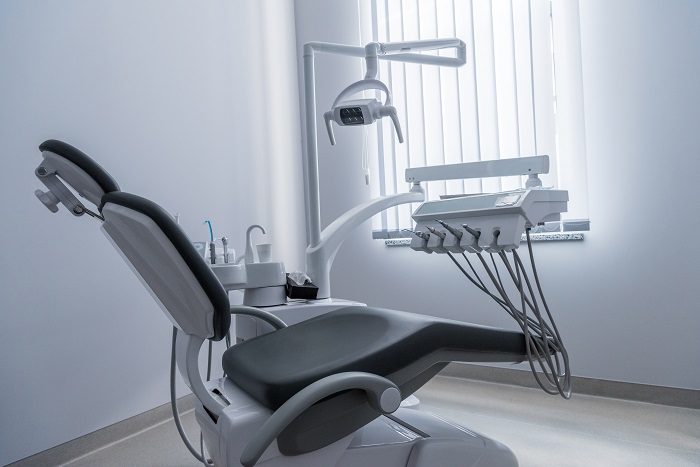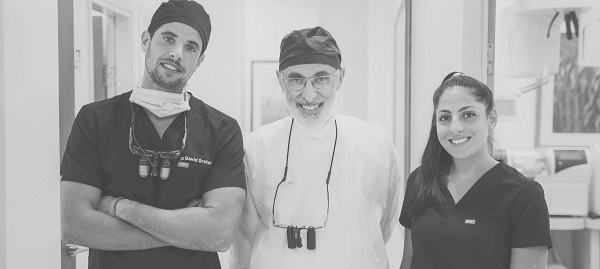
Dental Procedures
- Dental Radiographs - A Diagnostic Tool
- Getting to the root of endodontic (root canal) treatments
- Missing a tooth?
- Root Canal Therapy
- Digital Photography
Share This Page
THE GOAL: PRESERVING THE TOOTH
In the past, injured or diseased teeth frequently had to be removed. Today, they often can be saved through endodontic treatment. Also known as a root canal treatment, this procedure may be performed by a general dentist or a specialist called an endodontist. More than one office visit usually is required.
PULP PARTICULARS
A root canal treatment generally involves the removal and replacement of a tooth’s pulp. The pulp is soft tissue containing blood vessels, nerves and connective tissue.
WHAT TO EXPECT
Here is what you can expect when you schedule a root canal treatment.
On the initial visit:
The restored tooth can remain healthy as long as its roots are nourished by the surrounding tissues. Good oral hygiene at home and regular dental visits can help prevent tooth decay and gum disease. If you take good care of it, the restored tooth could last a lifetime.
In the past, injured or diseased teeth frequently had to be removed. Today, they often can be saved through endodontic treatment. Also known as a root canal treatment, this procedure may be performed by a general dentist or a specialist called an endodontist. More than one office visit usually is required.
PULP PARTICULARS
A root canal treatment generally involves the removal and replacement of a tooth’s pulp. The pulp is soft tissue containing blood vessels, nerves and connective tissue.
- The pulp is found in a canal that runs through the center of the hard tissue on the inside of the tooth (the dentin).
- The pulp extends from the pulp chamber in the crown down through the root canal to the tip of the root in the jawbone.
- A tooth has only one pulp chamber but may have more than one root and several root canals.
WHAT TO EXPECT
Here is what you can expect when you schedule a root canal treatment.
On the initial visit:
- Local anesthetic usually is given, to maintain patient comfort.
- The affected tooth is isolated from saliva with a rubberlike sheet called a dam.
- An opening is made through the crown of the tooth. The pulp is removed, and then the root is cleaned and shaped. Medication may be added to the pulp chamber and root canal(s) to help eliminate bacteria.
- A temporary filling is placed in the crown opening to keep saliva out. Antibiotics may be prescribed if an infection is present and has spread beyond the end of the root(s).
- On the next visit:
- The temporary filling is removed.
- The root canal is filled and permanently sealed. (A metal or plastic rod or post may be placed in the root canal for structural support.)
The restored tooth can remain healthy as long as its roots are nourished by the surrounding tissues. Good oral hygiene at home and regular dental visits can help prevent tooth decay and gum disease. If you take good care of it, the restored tooth could last a lifetime.


